Category: Great Ayton
-
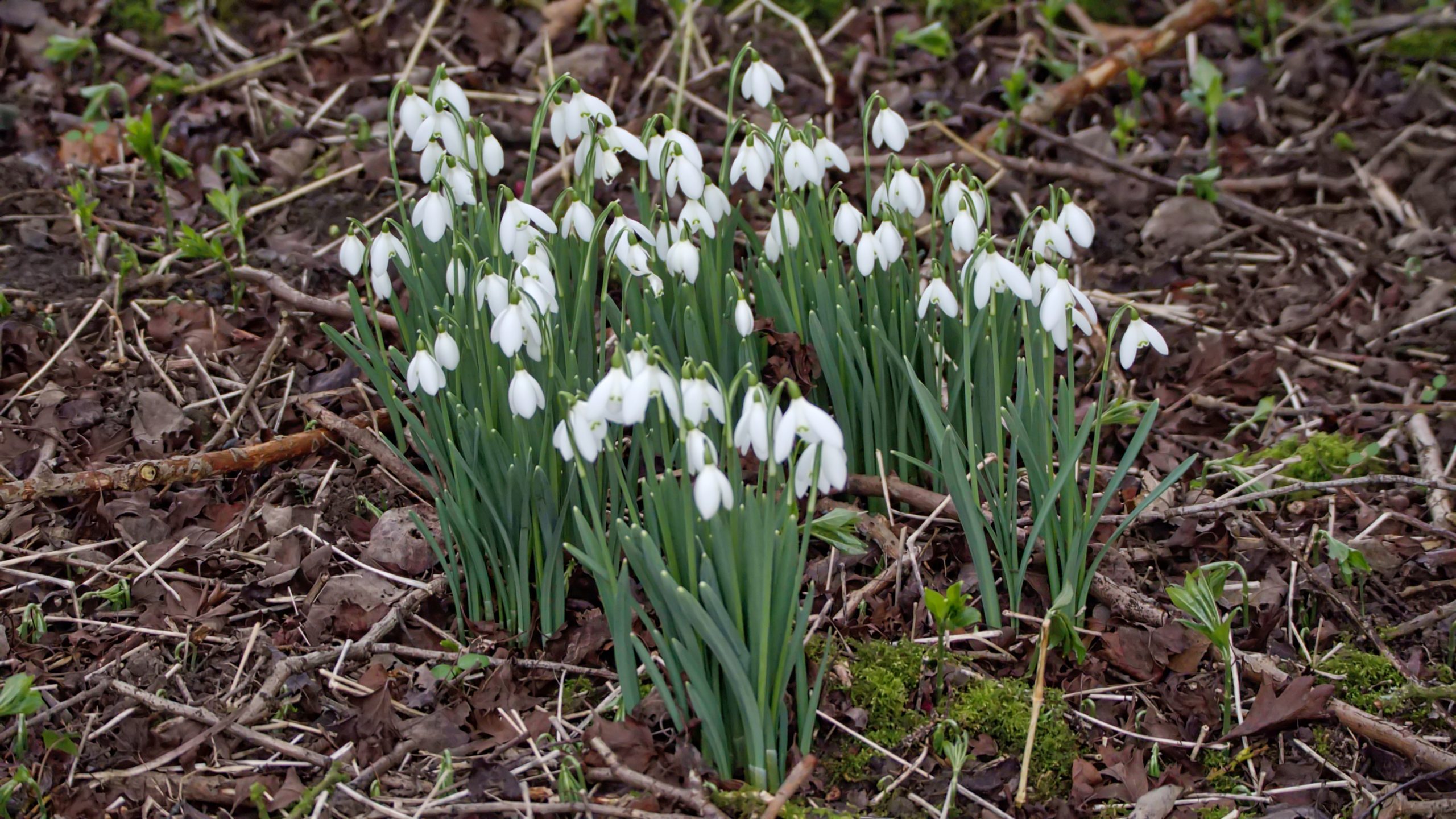
Parting is such sweet sorrow
Shakespeare understood. He has Juliet say these words to say goodbye to Romeo. Their parting is full of sorrow but looks sweet as it gives them pleasure in the hope that they will see each other again in the morning. And a little alliteration does make it sound better. “Goodbye”, of course, is a valediction,…
-
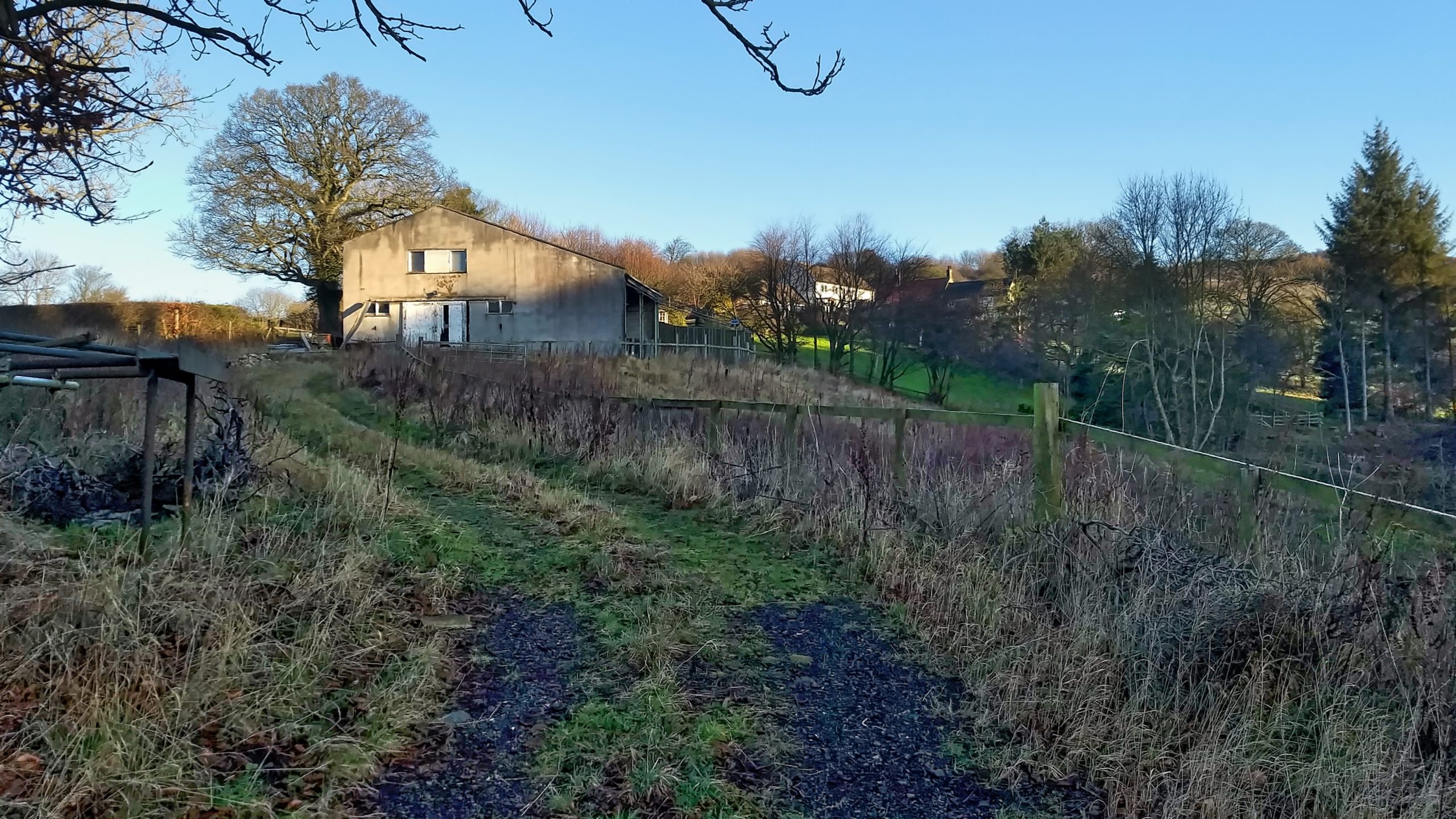
Former “Equine Trecking Cente”
A photo taken for posterity. This former “Equine Trecking Cente” (sic) on Dikes Lane below Gribdale Terrace has planning permission to be converted into a “Cycle Hire Shop, Cafe and Holiday Accommodation”. It was built in 1973 as an equine trekking centre with car parking for 20 cars but I can not remember it ever…
-
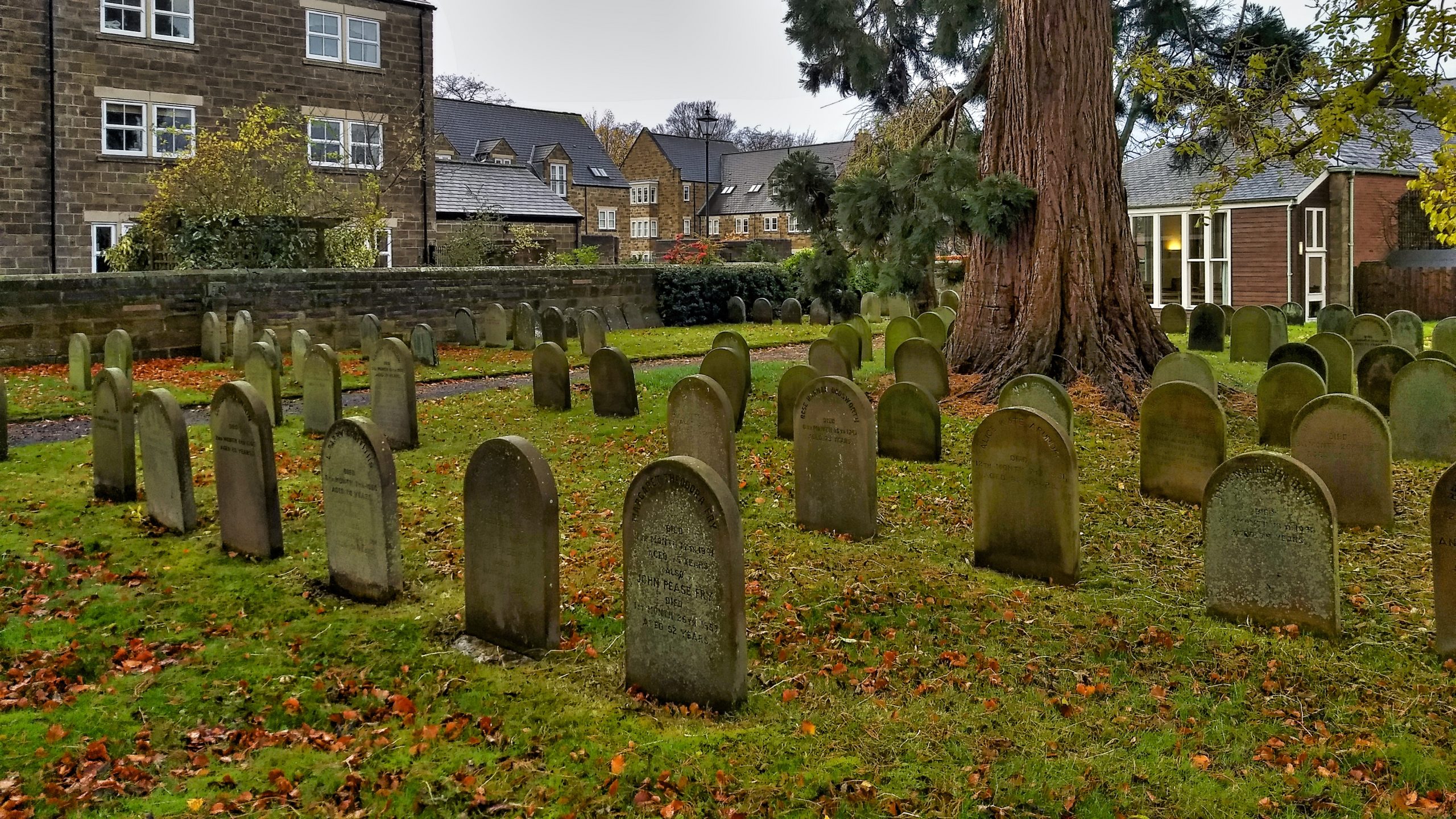
Quaker Graveyard, Great Ayton
Quakerism began to attract support in the North York Moors soon after its emergence after the Civil war in the mid-17th-century. Almost every dale would have its populace often sizeable and with their industrious philosophy, many soon became highly successful farmers. There is a record of George Fox, the founder of Quakerism, visiting Danby Dale.…
-
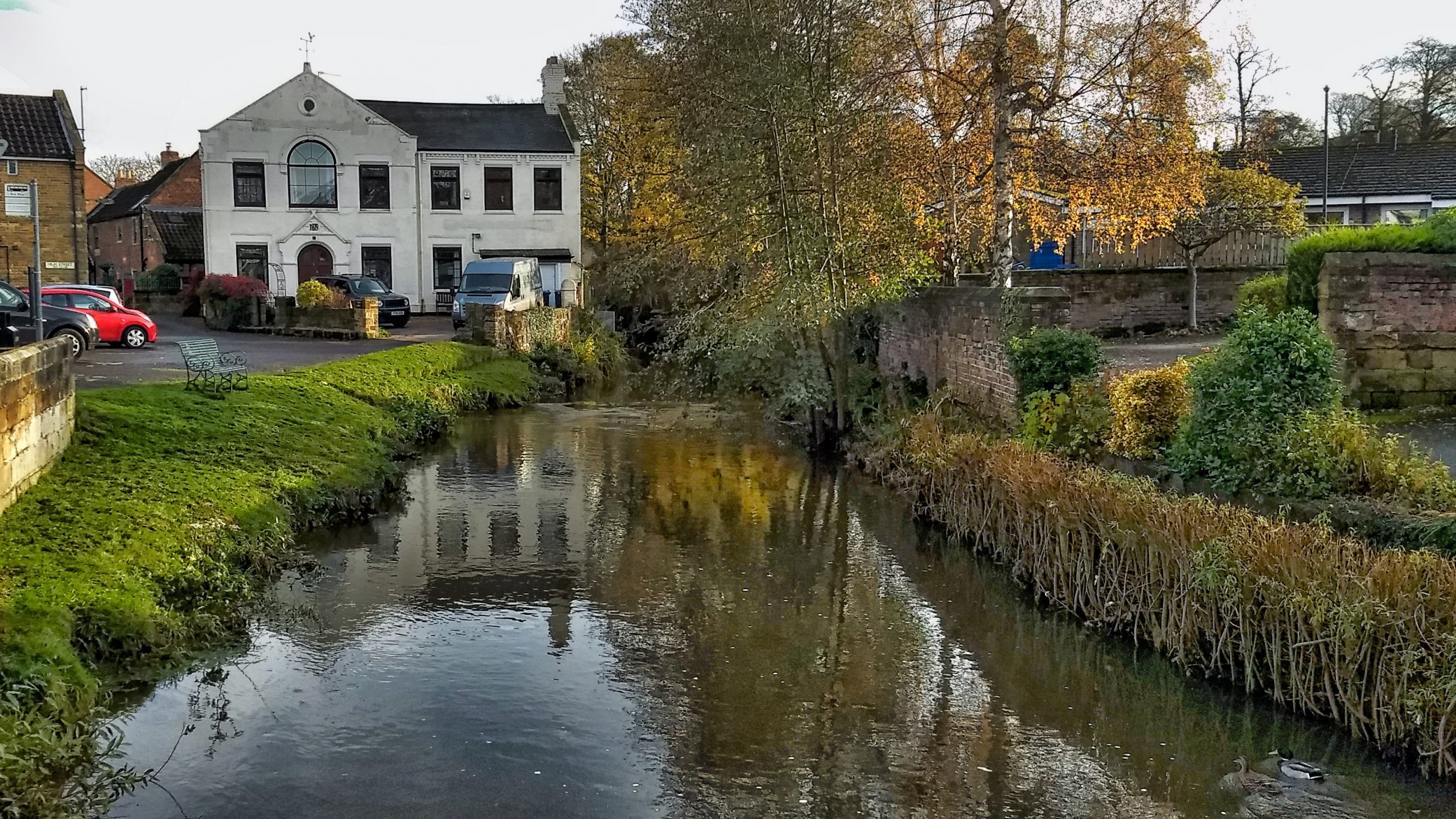
River Leven and the Hinmers Congregational Chapel
A few tentative steps down the village. With a heightened sense of awareness of, while not major obstacles, they are nevertheless unwelcome. Slippy rotting leaves, inconsiderate parking blocking half the pavement, dog crap, indeed the mere anxiety of a frisky dog even if on a lead. “He won’t hurt you”. A realisation of the problems…
-
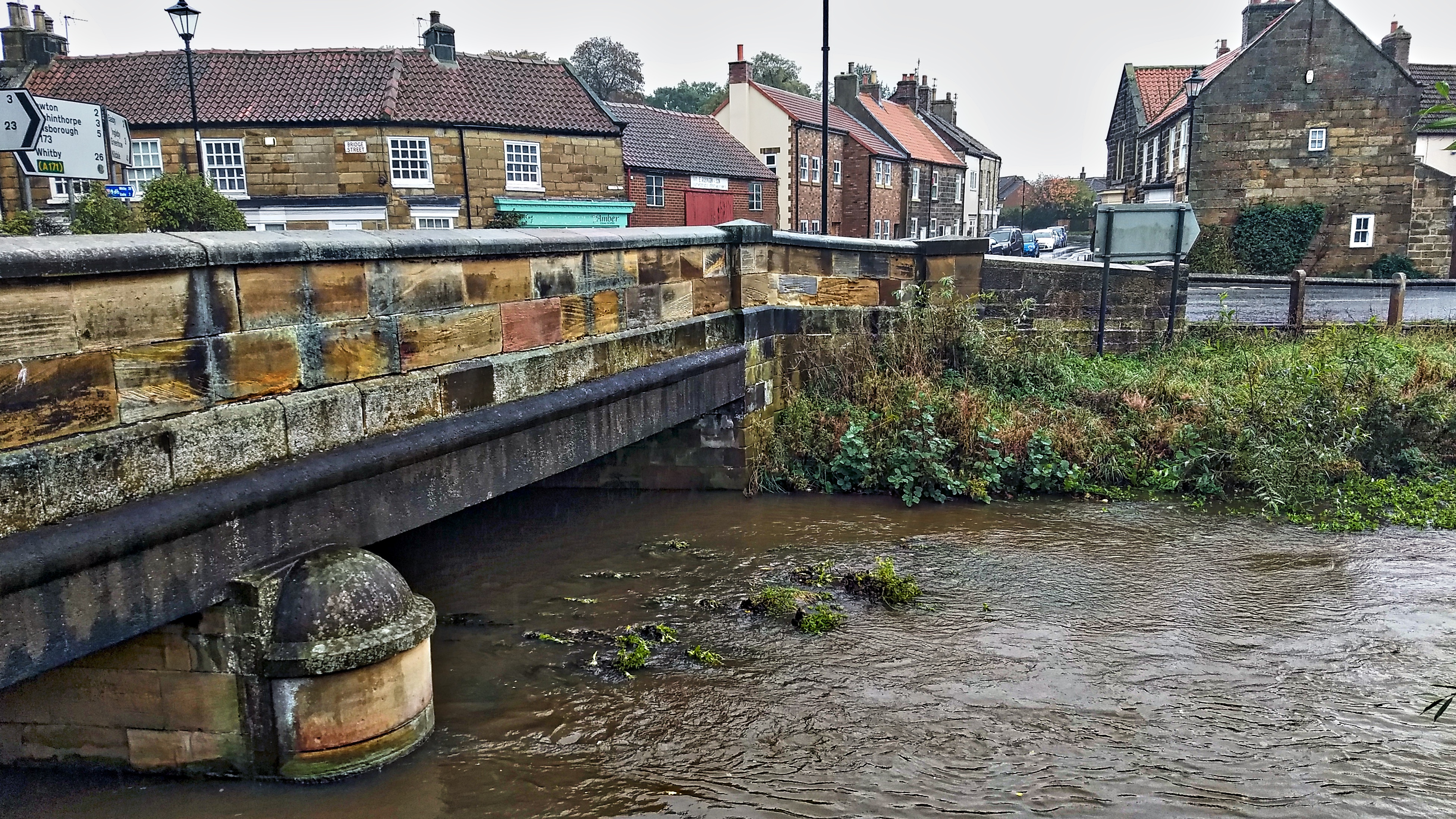
Great Ayton Bridge
Another drizzly misty morning so came back through the village. Ayton’s bridge over the River Leven was built in 1909 replacing an earlier humpbacked one. There has been a lot of rain overnight and the river is high. But I really wanted to photograph Easby Lane. That’s it, a residential road heading off in the…
-
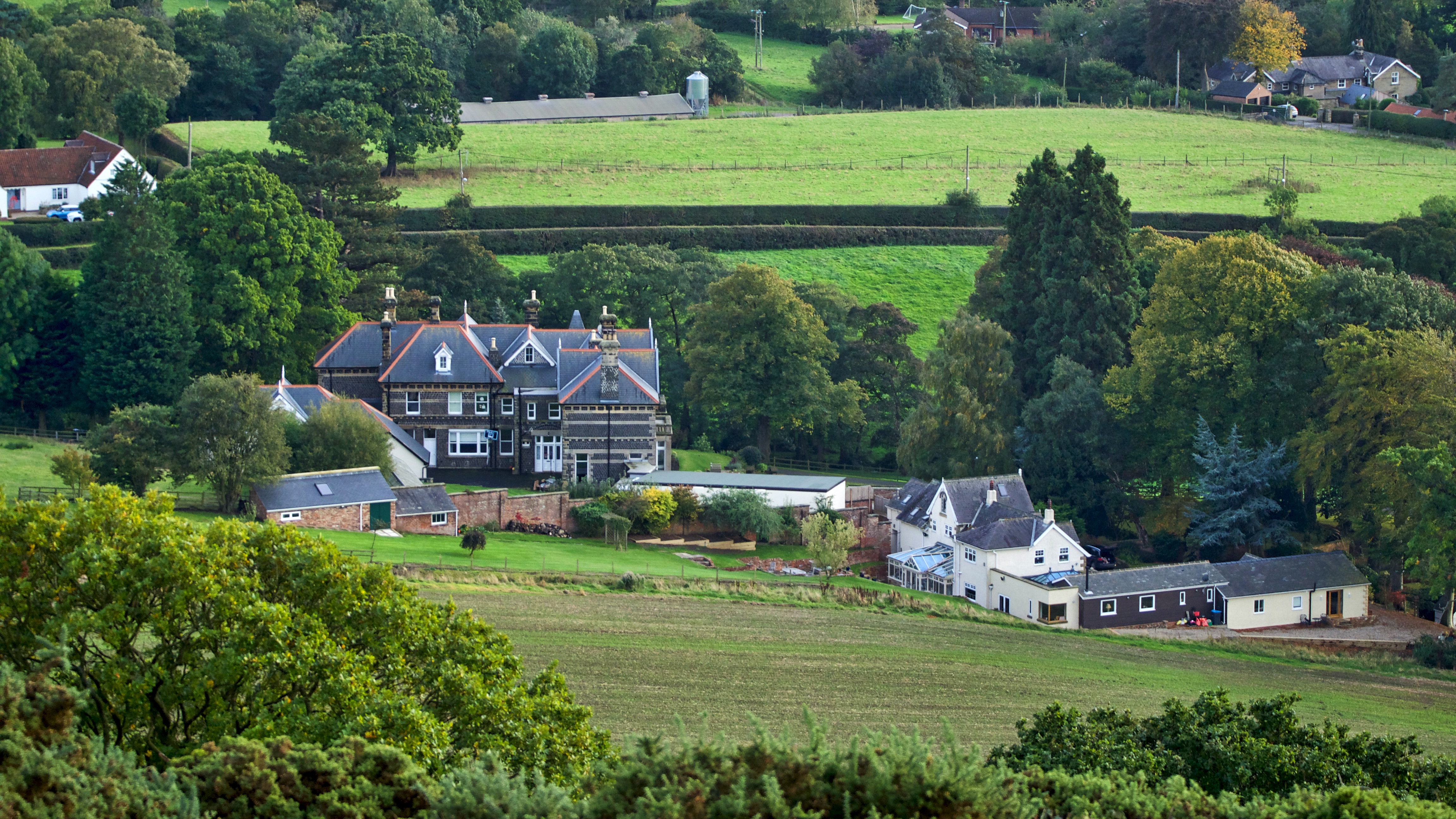
Undercliffe Hall
I have posted many times about the whinstone quarry at Cliff Rigg near Great Ayton. It was a major industry for the village. The whinstone was an extremely hard basalt rock and used mainly for road surfacing. It could be knapped into setts and it was frequently said that the streets of Leeds were cobbled…
-
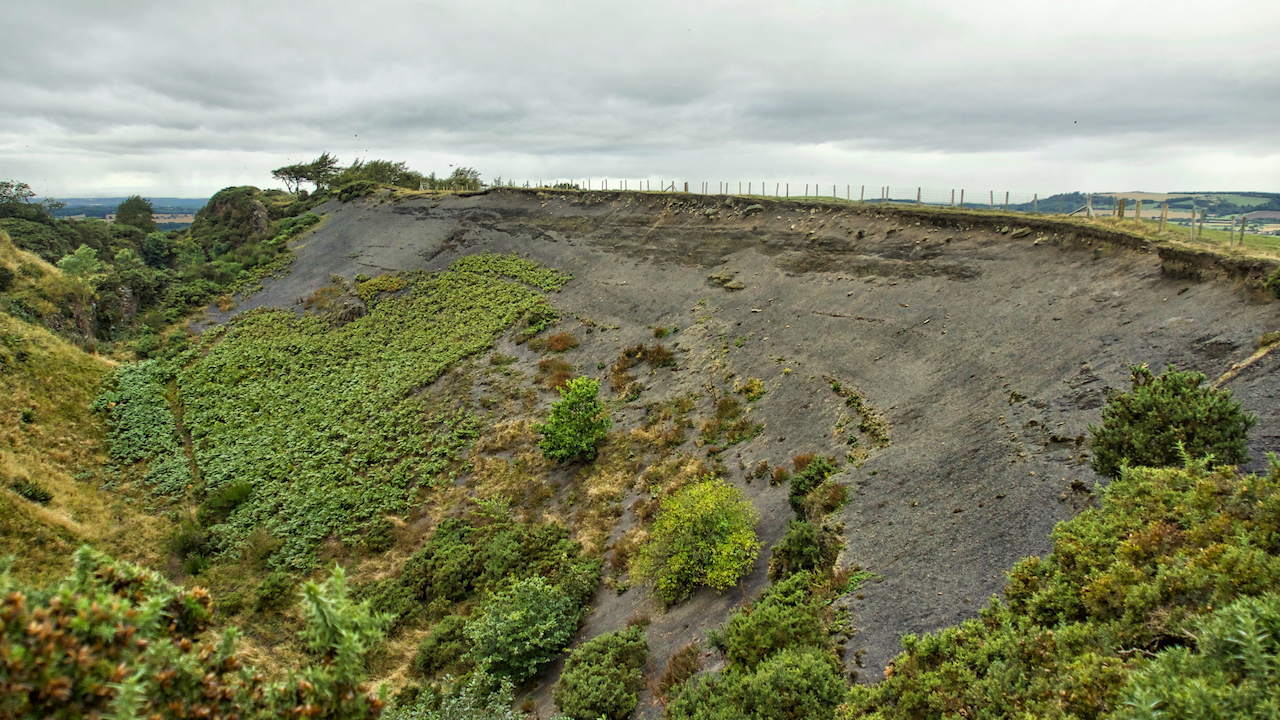
Cliff Rigg Quarry
It was the extensive quarrying of whinstone during the 19th and early 20th centuries that created this massive gash in Cliff Rigg. Extremely hard, this narrow wall of igneous rock was formed by molten larva protruding through the sedimentary layers and was much valued for cobble setts and in road building. It has been almost…
-
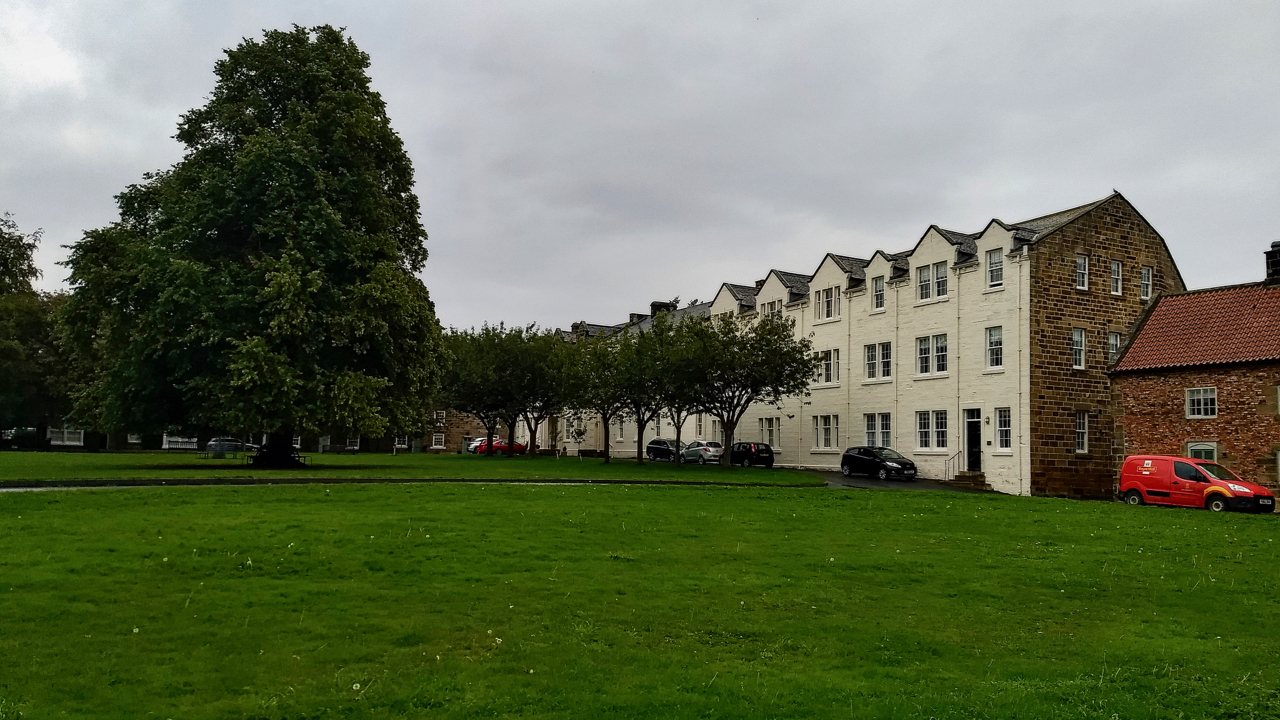
Great Ayton High Green and the former Friends’ School
In 1997 The Friends’ School closed its doors and the large complex of buildings were converted into apartments. It had dominated Great Ayton High Green and had been an important part of village life since 1841 when it was established by Quakers as the North of England Agricultural School “to cater for the children of…
-
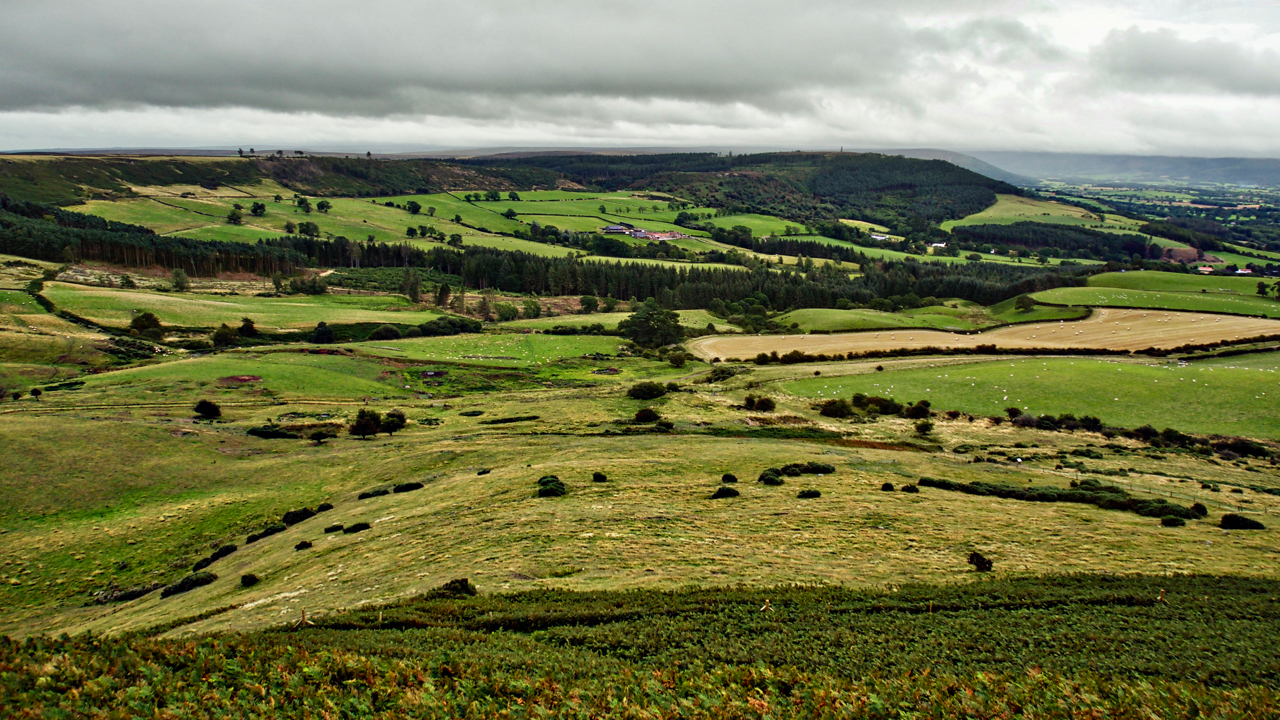
Airy Holme
A view from Roseberry Topping to Capt. Cook’s Monument across the great bowl of Airy Holme, Slacks Wood and Ayton Bank, just before a tremendous downpour. The National Trust boundary of Roseberry is the fence line in the foreground just before the bracken limit. Aireyholme Lane can just be made out crossing left to right.…
-
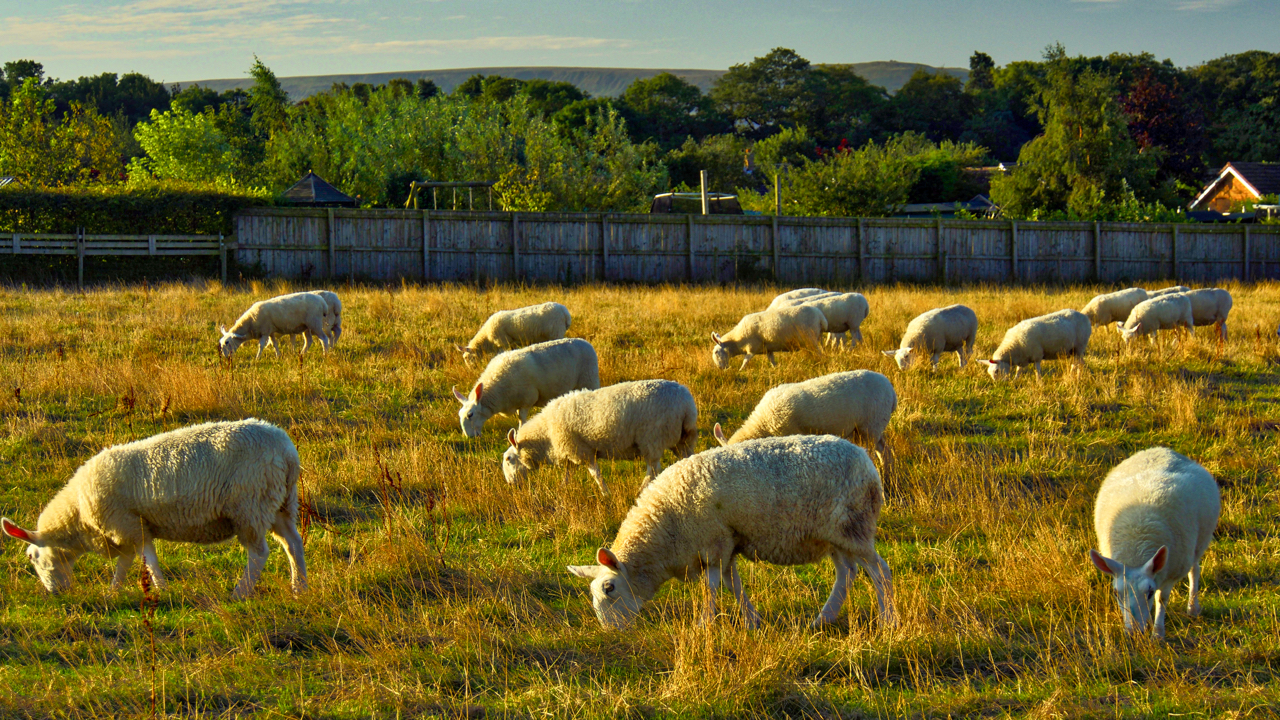
Why do sheep always face the same way?
It was almost a failure to post today. I have been at the National Trust property of Thompson’s Rigg near Dalby building leaky dams and sheep gates across Crosscliffe Beck. Sheep gates to prevent sheep from passing under the new fence where it crosses the beck and leaky dams to slow down the water flow…